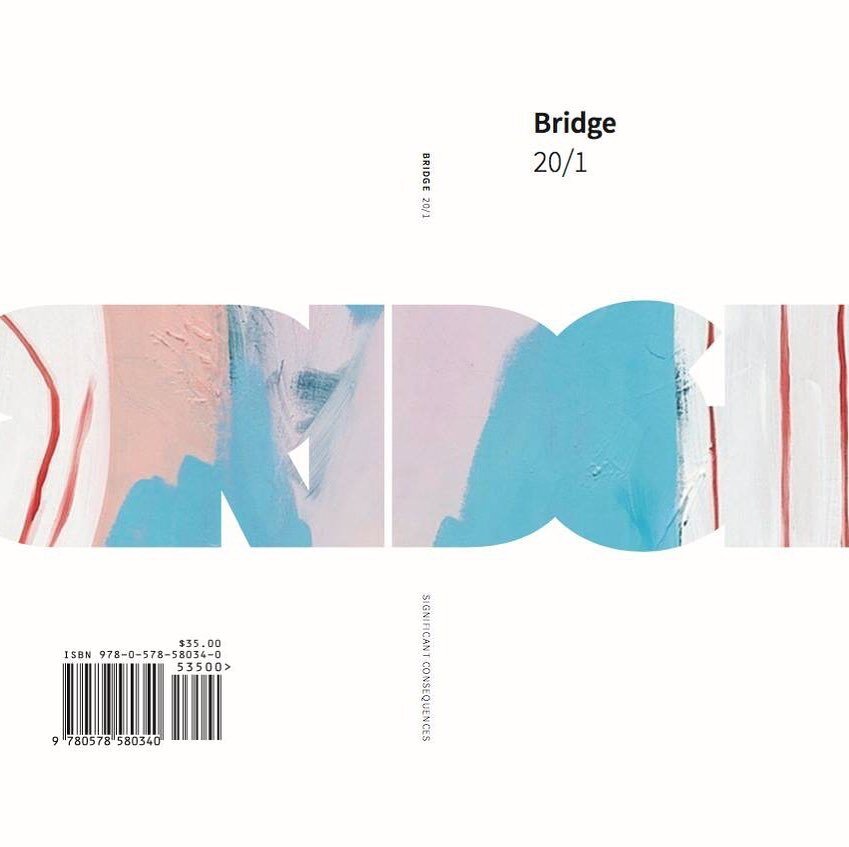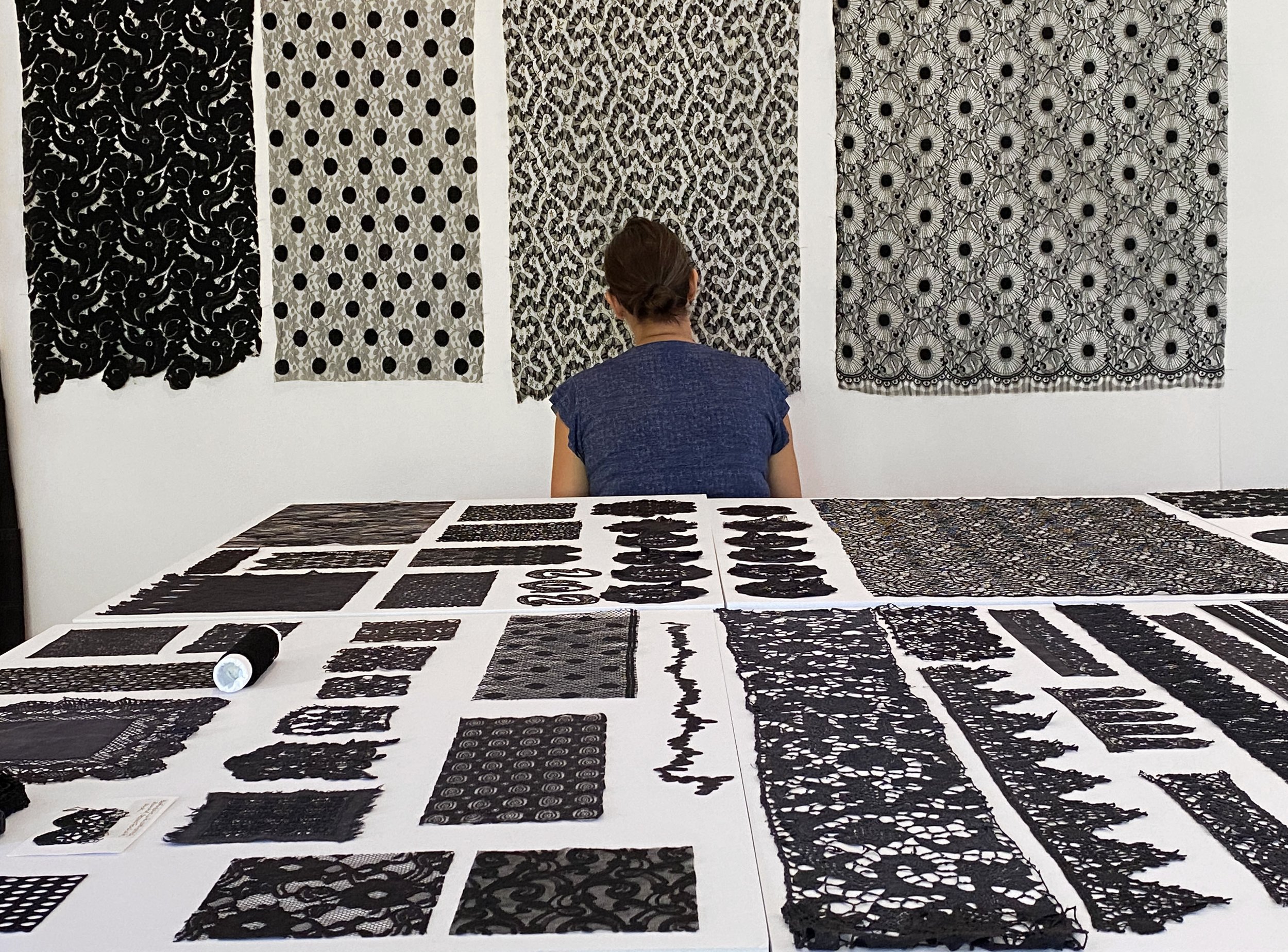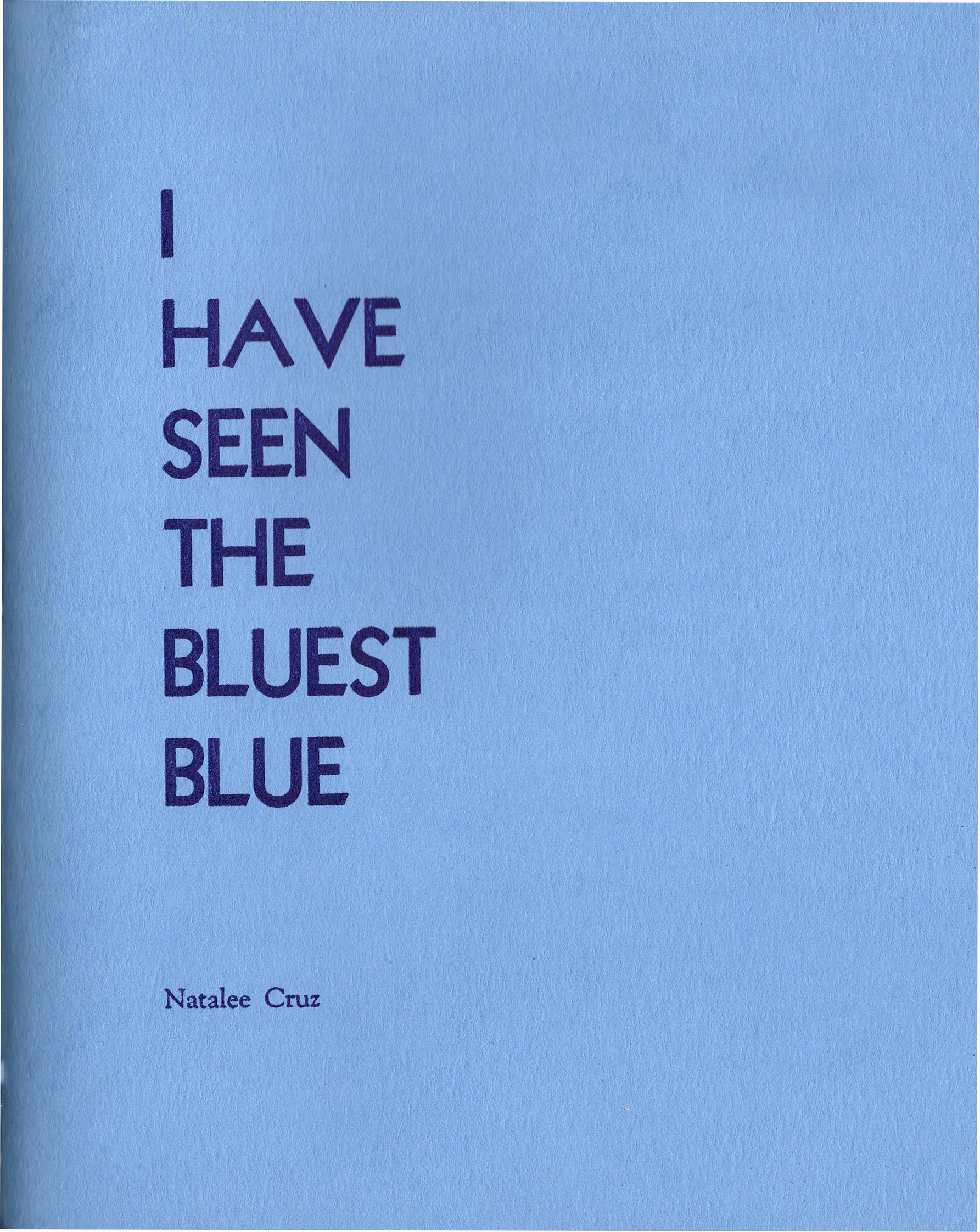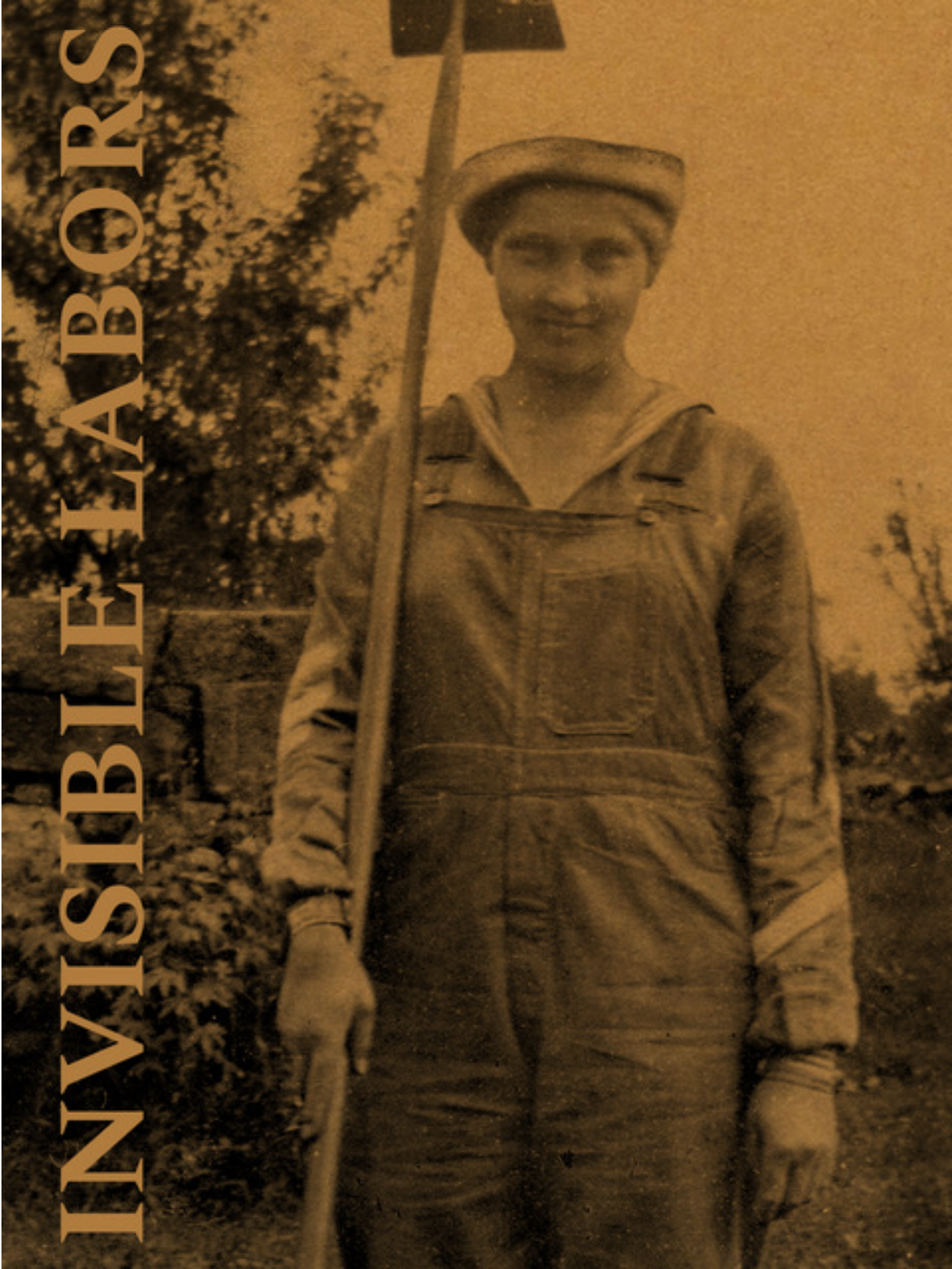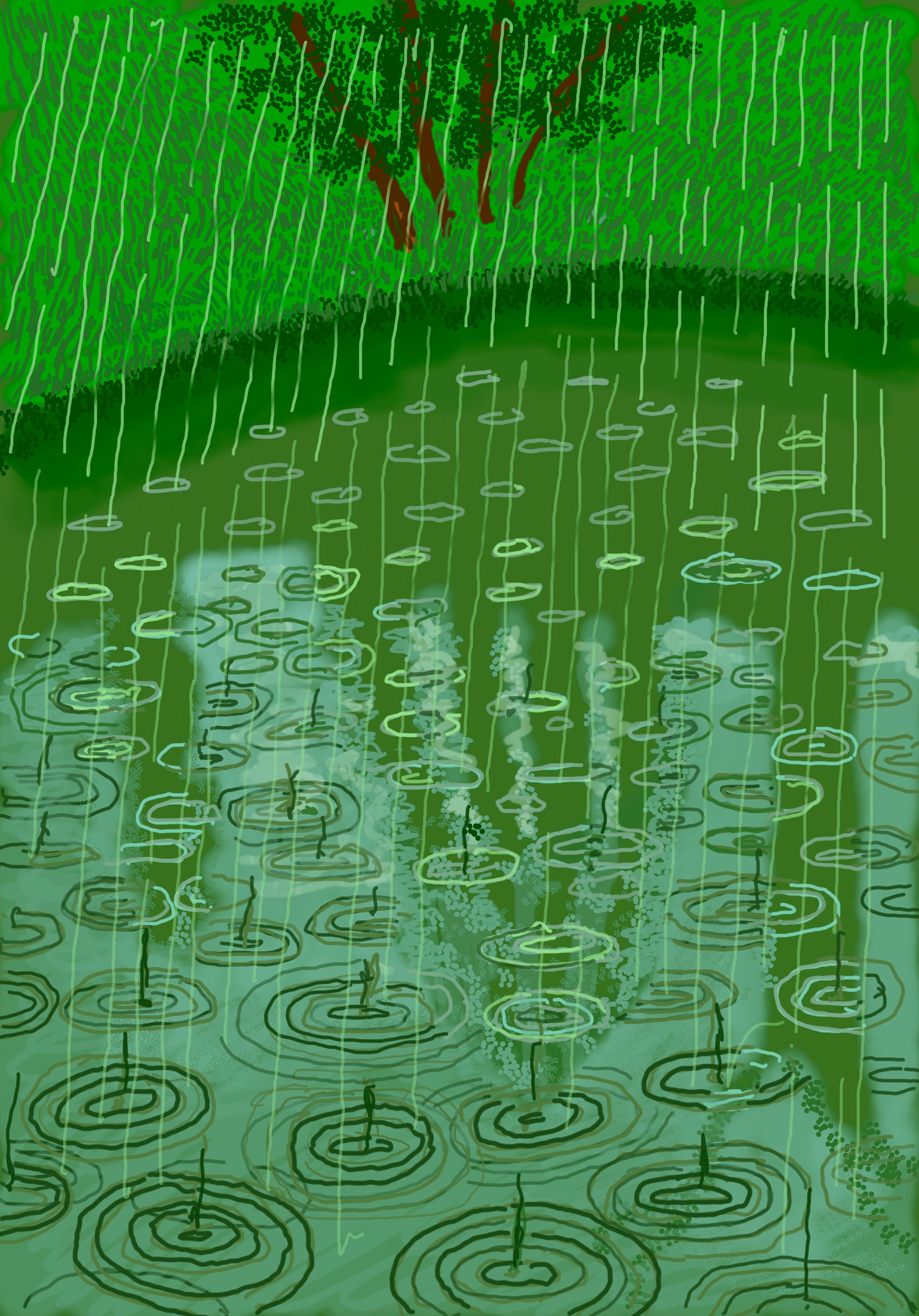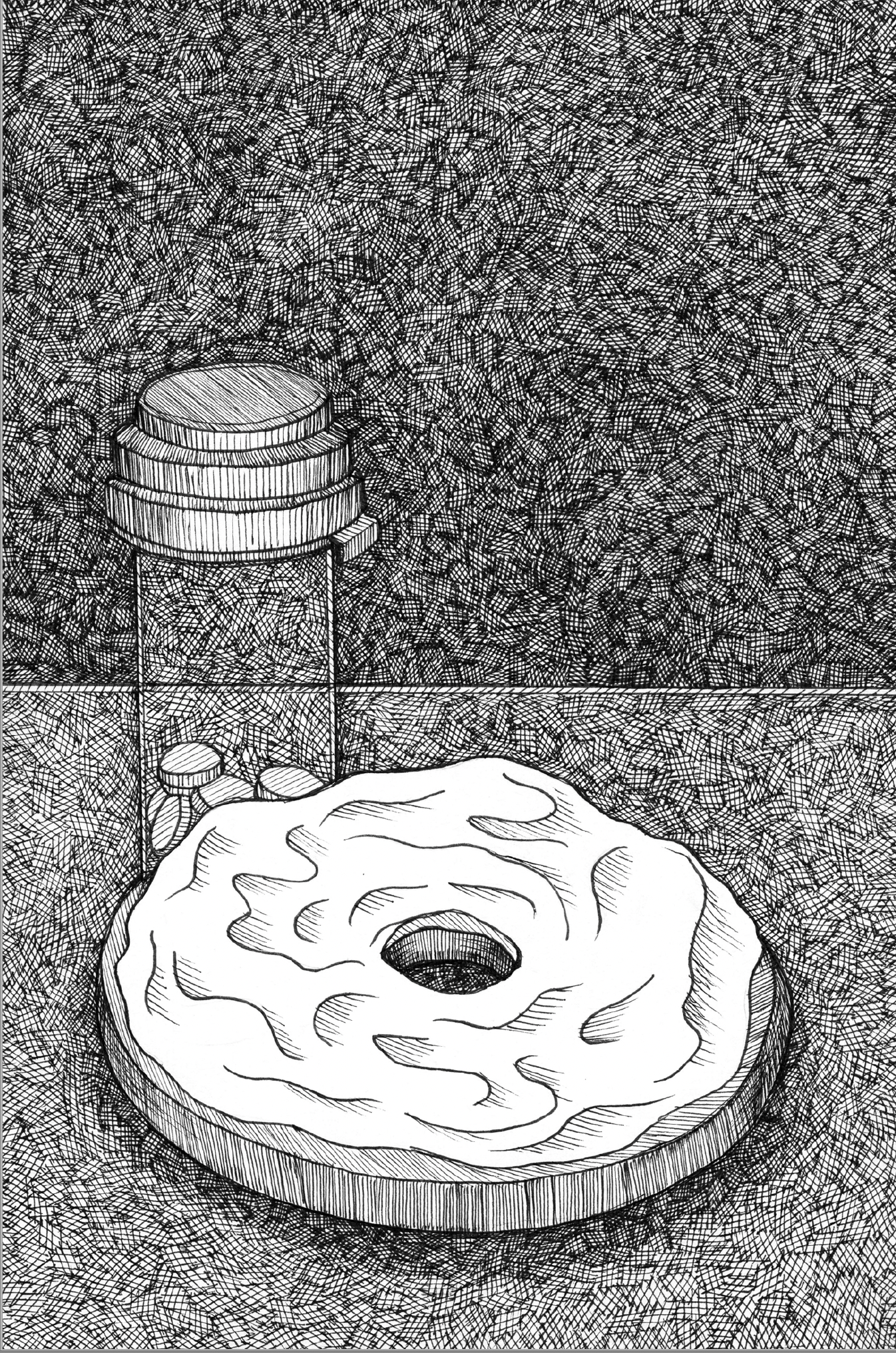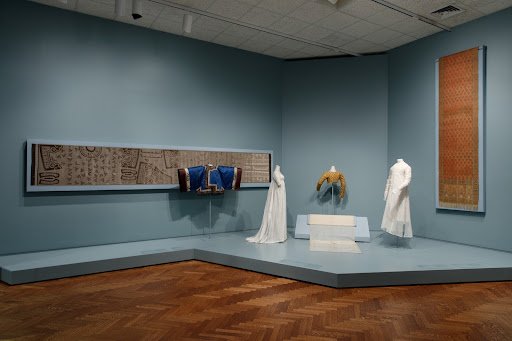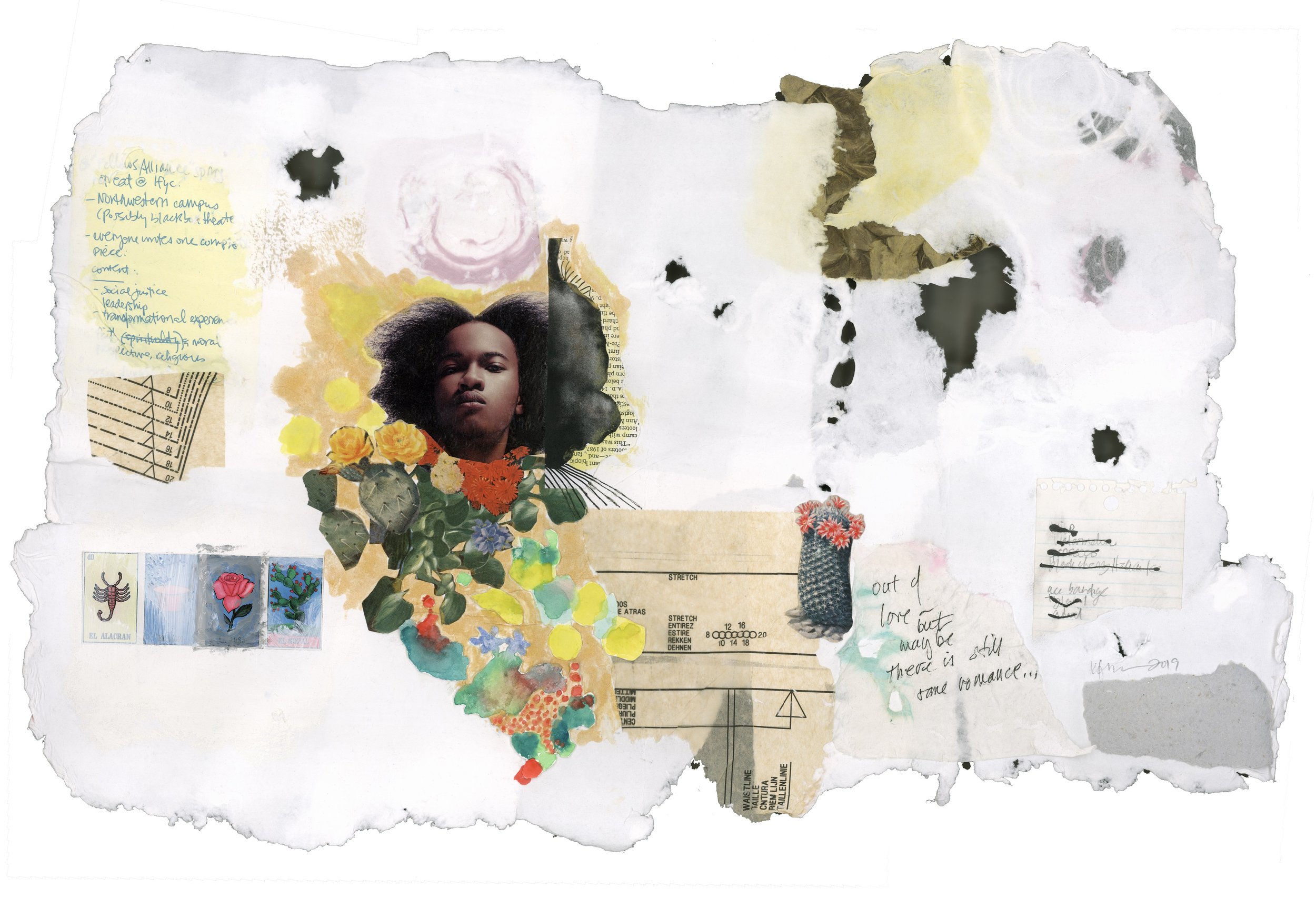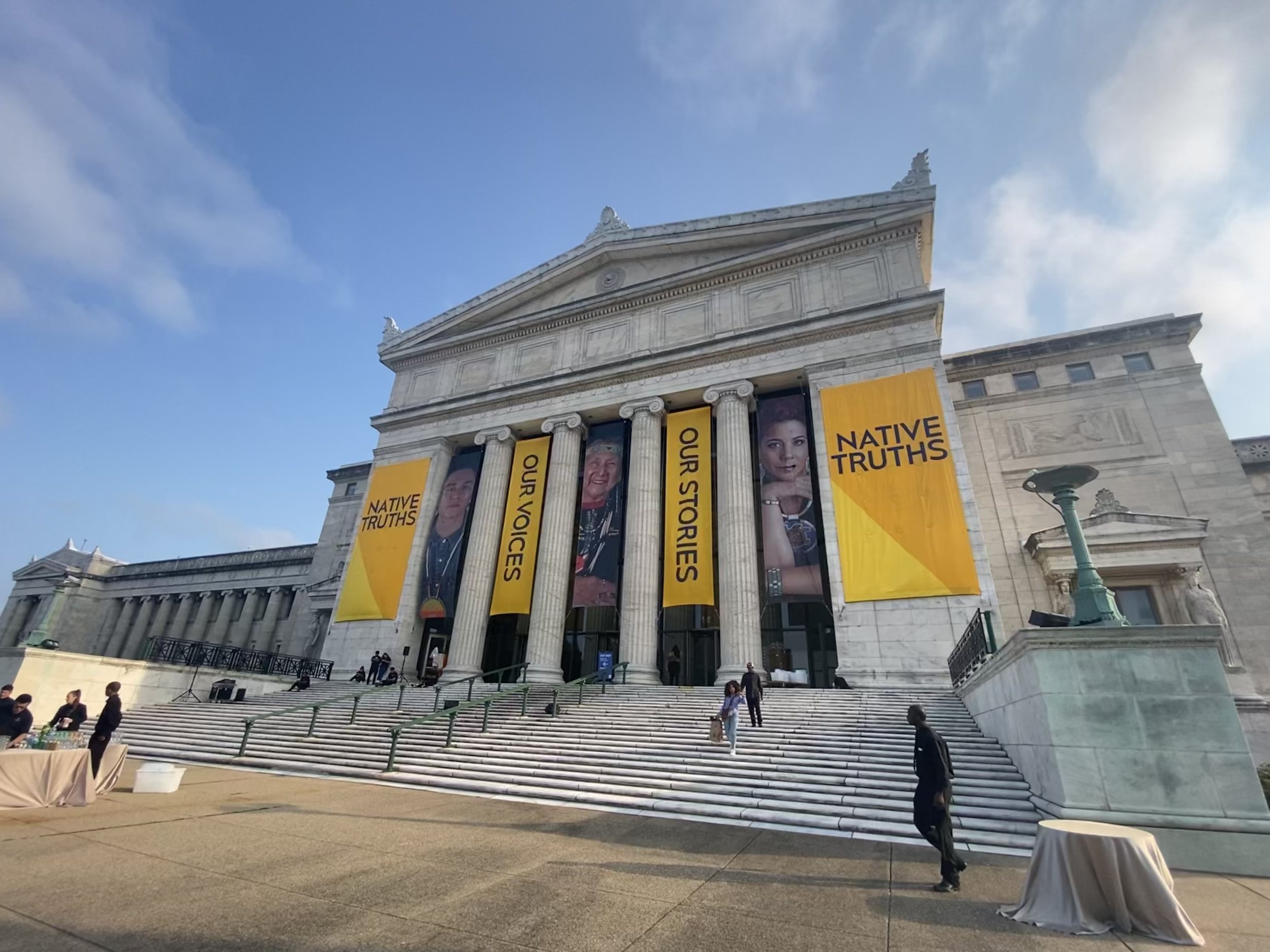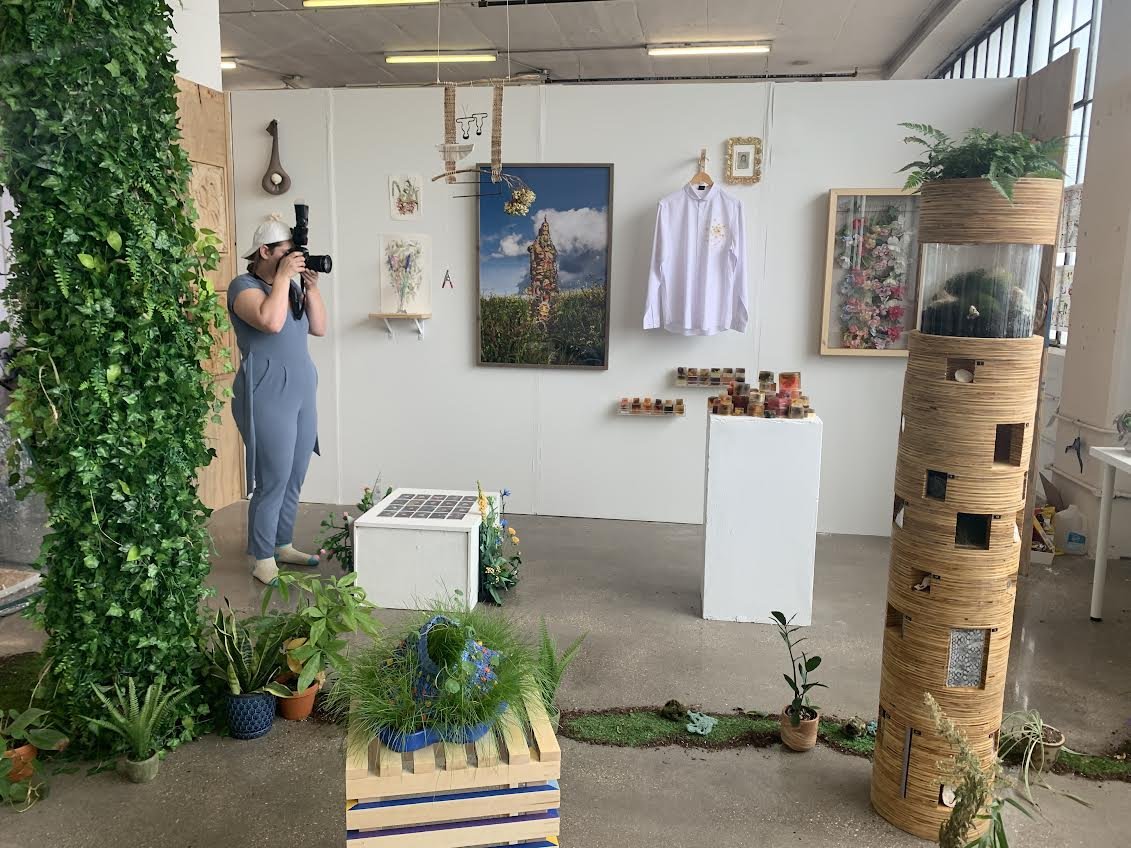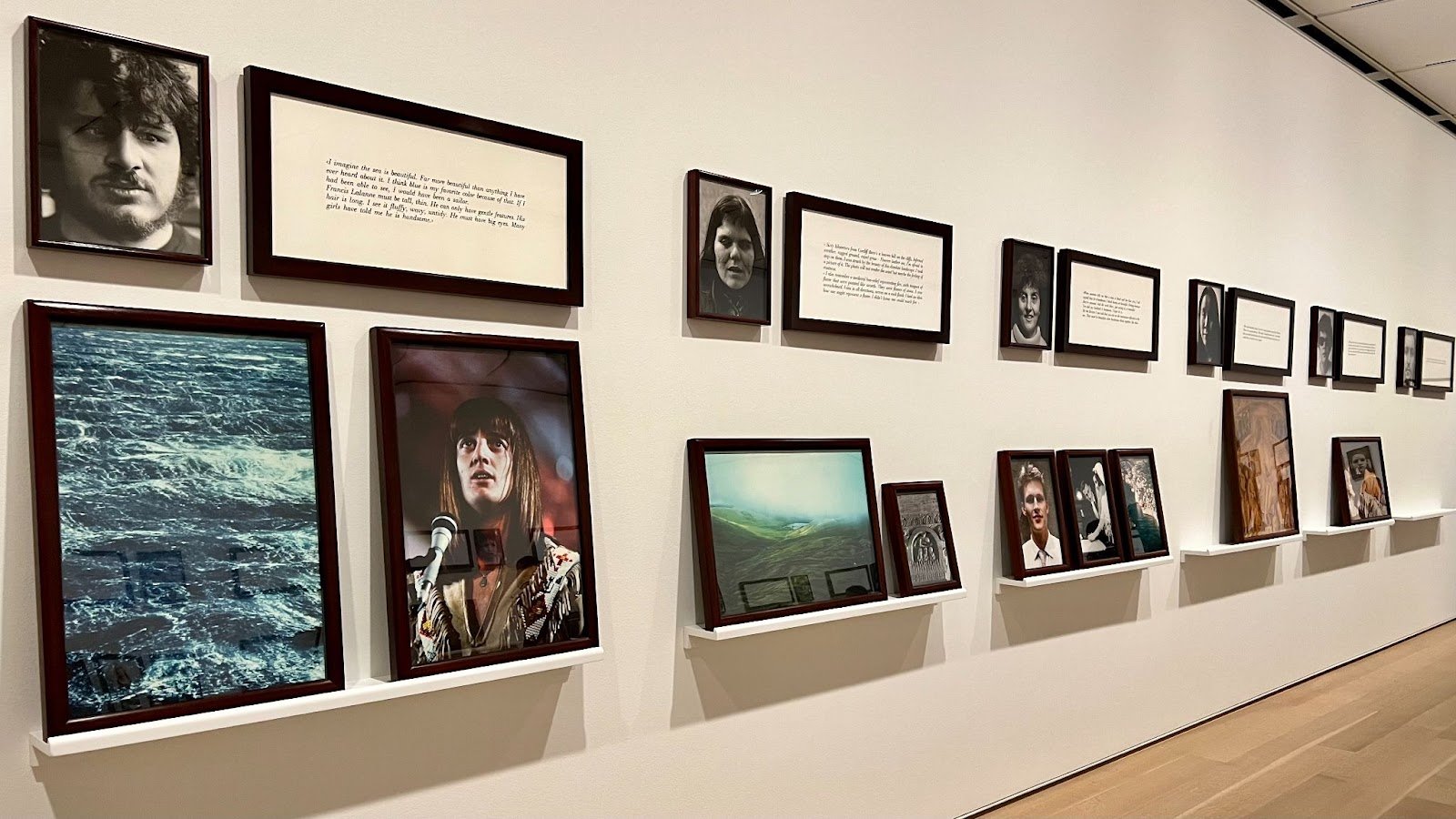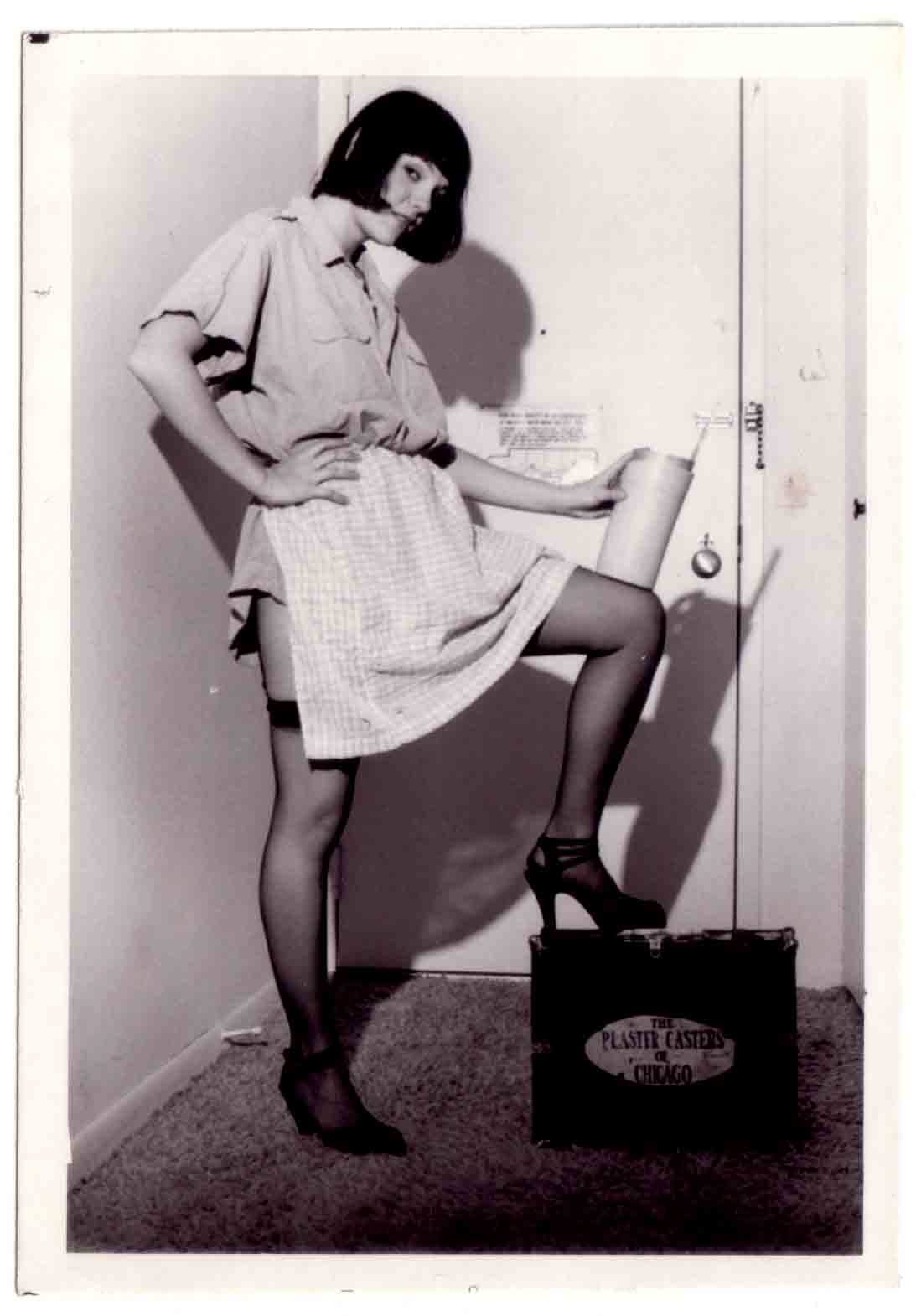Since 1999
Designed by Faust Ltd. & Michael Workman Studio
This program is partially supported by a grant from the Illinois Arts Council Agency. This project is partially funded by the National Endowment for the Arts.
Bridge is a proud member of the following alliances:
Welcome to Bridge. Only the most recent season of magazine articles is available here. Please click here to create an account & access past articles, general archives, the new Bridge Video streaming service, also updated weekly in-season, & more.
Featured from the archives: click the poem to read the second of two poems from Szymborska featured in Bridge V1N3, pages 106-107.

REVIEW: Forecast Form: Art in the Caribbean Diaspora, 1990s – Today at the Museum of Contemporary Art, Chicago
To describe the Caribbean is like trying to describe an enigma. The islands that comprise the region were originally home to indigenous Taino and Arawak tribes before European colonization turned them into some of the largest ports for the Trans-Atlantic Slave Trade. Fast forward 500 years later, there are even more influences that exist in the form of immigrant communities from East and South Asia, as well as the MENA regions. Coming from a Puerto Rican family, I’m well-versed in the hodgepodge of cultures that comprise the Caribbean diaspora. However, very rarely have I ever seen Caribbean history reflected in museums, which made me eager to visit the Forecast Form: Art in the Caribbean Diaspora, 1990s–Today exhibit currently on display at the Museum of Contemporary Art.

REVIEW: Ali Feser and Heather Kai Smith: Pawing the Ground In Place at the Reva and David Logan Center for the Arts
In this two-woman show, Heather Kai Smith and Ali Fesser explore iterations of utopia and the medium of photography through drawing, print, projection, and installation. The exhibition spans across two rooms in the Logan Center’s gallery. Three of the walls of the main room of the exhibition are occupied by Heather Kai Smith’s drawings and prints. This collection of work is moving, hopeful, and utopian. The series of 28 drawings, titled Variations on idiorrhythmy, depict themes of interpersonal closeness, collective action, mutual aid, and group fun. The compositions of the drawings are very photographic, with some having a vignette and some having a white border. Negative space often delineates the highlights. All but two of the drawings denote groups of people, ranging from three to uncountable crowds.
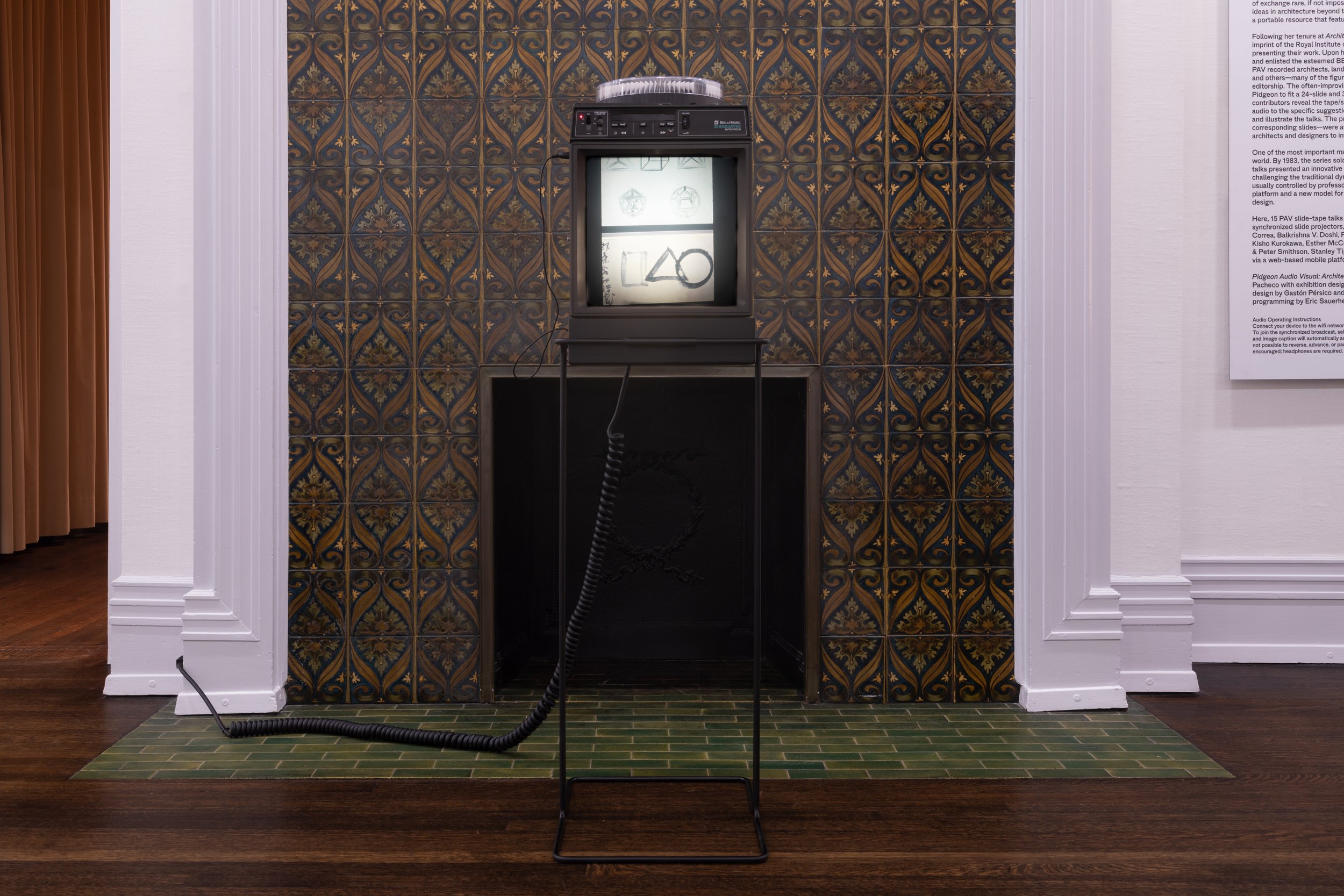
REVIEW: “Pidgeon Audio Visual: Architects Speak for Themselves” at the Graham Foundation
Mining the Pigeon Audio Visual (PAV), a show that recently closed at the Graham Foundation on February 25th, is a series of 15 slide-tape talks with leading architects selected from the PAV archive of over 200 presentations. In addition to architects, the archive also includes presentations by urbanists, theorists, artists, designers and landscape architects. The tape-slide talks were produced between 1979-1989 and consist of studio sessions with the speakers that were each edited into a 24-slide/30-minute format. Monica Pidgeon, the editor of the prestigious RIBA (Royal Institute of British Architects) and Architectural Design (AD), an influential London-based magazine, developed these presentations to be distributed to libraries and institutions in an era when international travel was less available, difficult and expensive.

